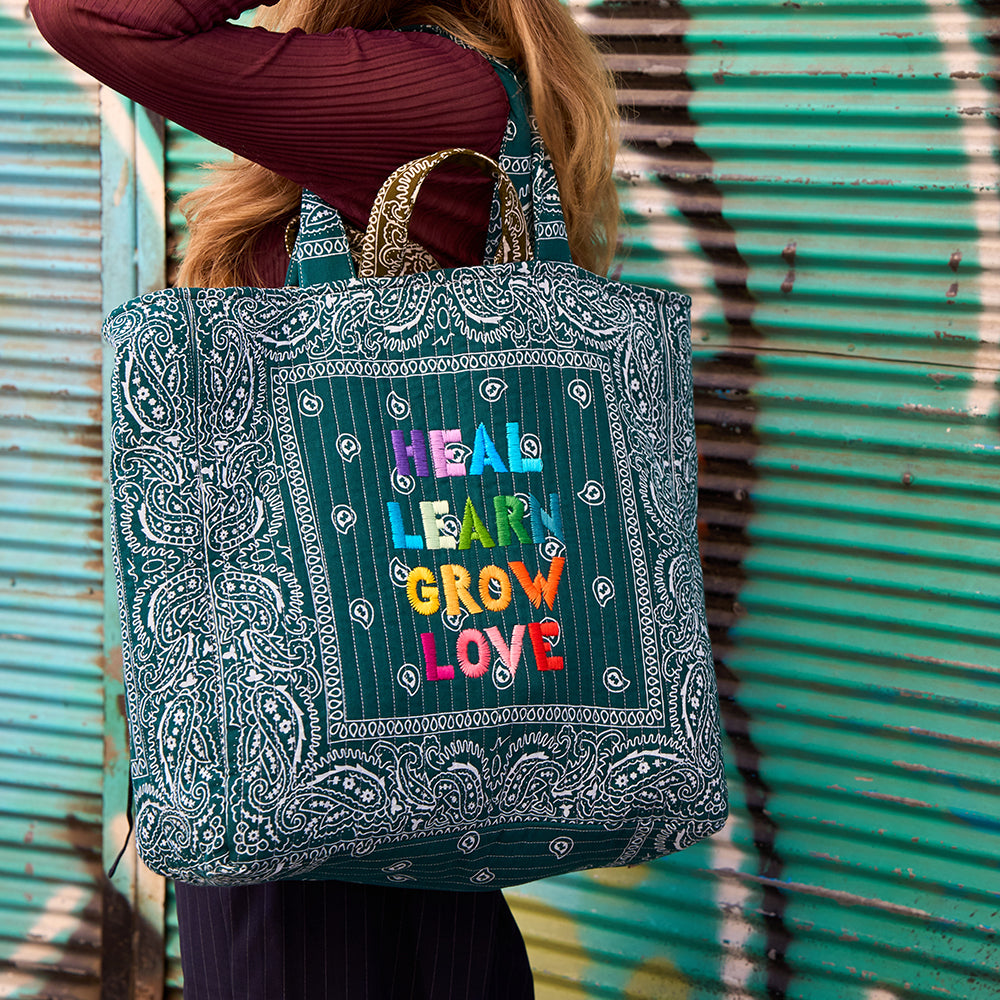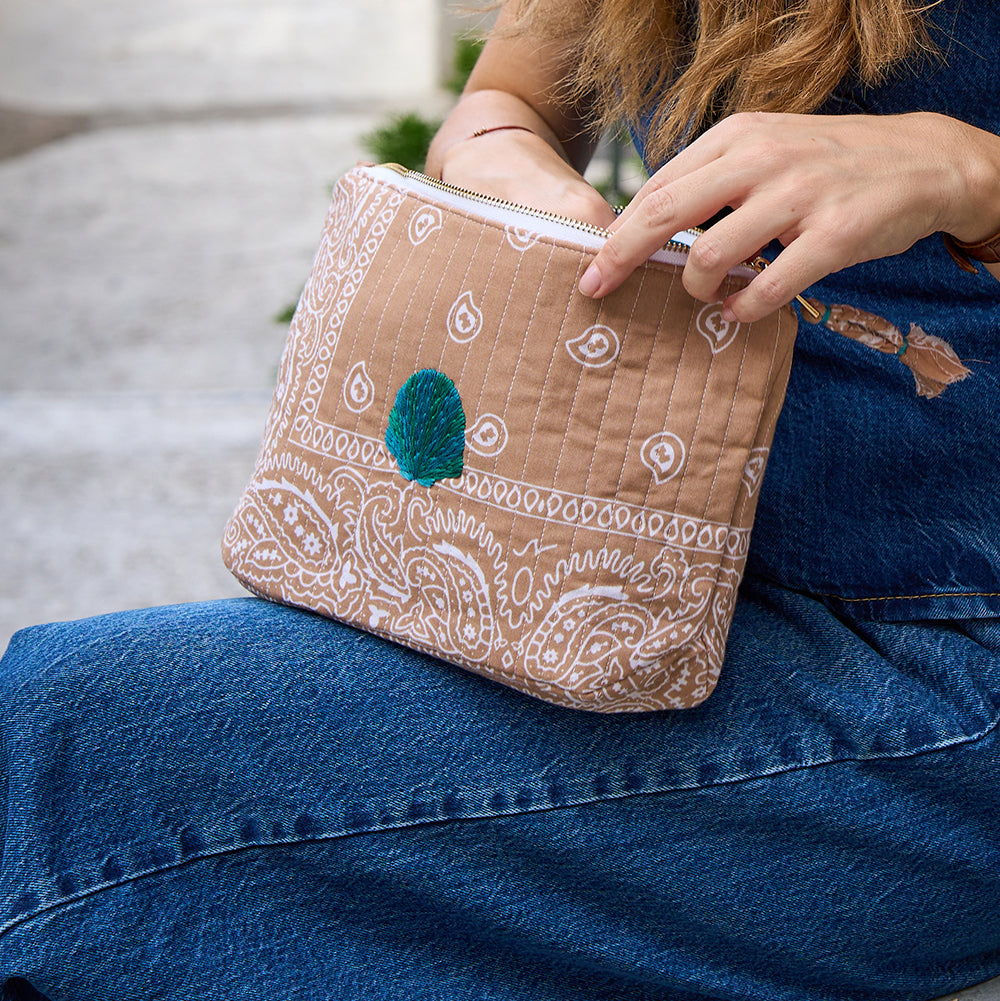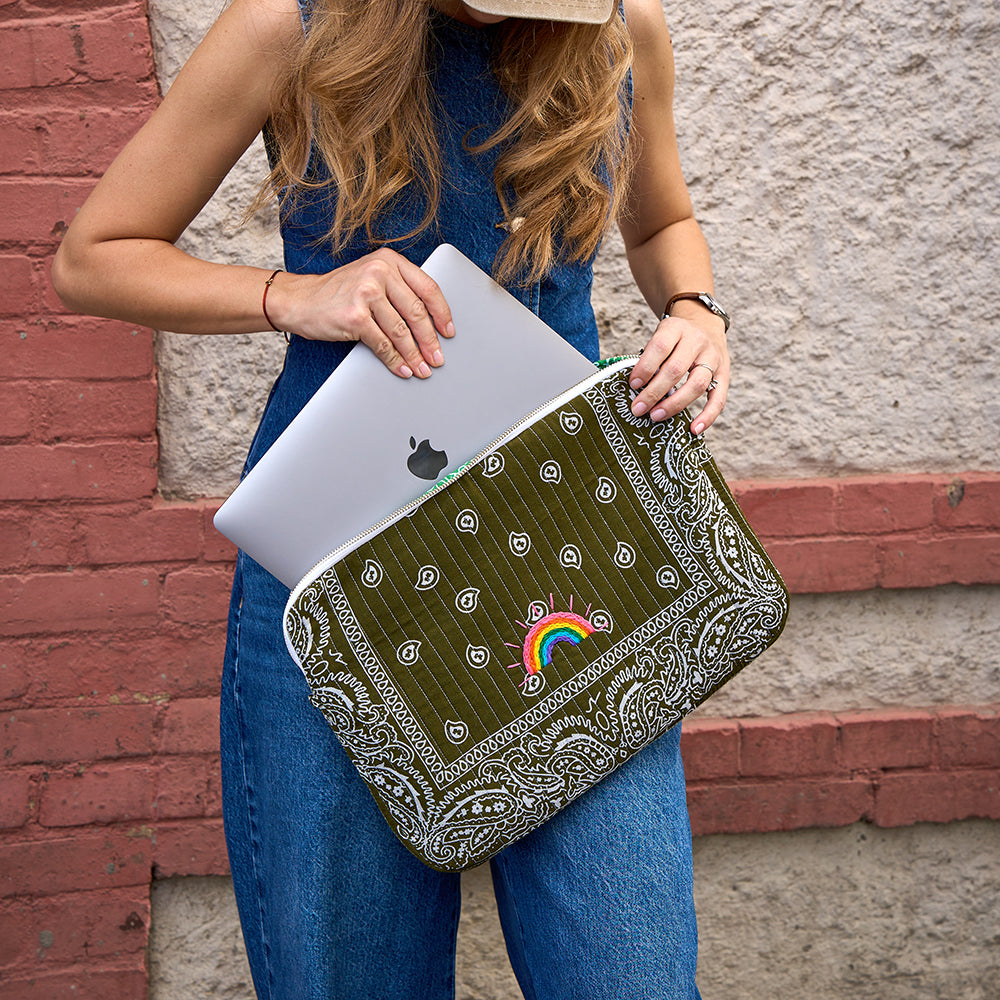Hello, today we will give you information about Serbia as Mikos Store Blog. Serbia is a country located in the heart of the Balkan Peninsula, attracting attention with its rich history, cultural diversity and natural beauty. It offers unforgettable experiences to its visitors with its unique traditions, hospitable people and delicious cuisine.
Geographical Location and Climate: Serbia is located in the southeast of Europe, bordering Montenegro, Bosnia and Herzegovina, Hungary, Romania, Bulgaria, North Macedonia and Kosovo. The country's climate is continental in the north and milder Mediterranean in the south. This diversity offers different experiences in different parts of the year.
History and Culture: Serbia has a rich history, having been home to many different civilizations since ancient times. It has a vast historical heritage, from the medieval Serbian Kingdom to the influences of the Ottoman and Austro-Hungarian Empires. This rich past can be seen in the country's architecture, art, and traditions.
Economy and Social Life: Serbia has strong potential in agriculture, mining and energy sectors. Tourism also plays an important role in the country's economy. Serbian cuisine is known for its meat dishes, bread varieties and traditional desserts. Rakija (fruit raki) and Serbian coffee are indispensable for social gatherings.
Language and Religion: The official language is Serbian, and the Cyrillic alphabet is used. The Latin alphabet is also widely used. The majority of the country practices Orthodox Christianity, but there are also communities of Catholic Christianity, Islam, and other religions.
Serbia offers visitors a multifaceted experience with its rich historical heritage, natural beauty and vibrant culture. With every corner telling a different story, this country is a treasure waiting to be discovered.
How to Get to Serbia?
Serbia is a country that is easily accessible by many different means of transport, thanks to its strategic location in the centre of Europe. The country can be reached by three main methods: air, road and rail.
Transportation by Air
Nikola Tesla Airport in Belgrade, the capital of Serbia, is the country's largest international airport and is accessible by direct flights from many major cities around the world. Nikola Tesla Airport serves visitors from Europe, the Middle East and other international destinations. Transportation from the airport to Belgrade city center and other cities is provided by bus, taxi and car rental services.
Transportation by Road
Serbia is well connected to its neighboring countries by roads and highways. Buses from many parts of Europe operate regularly to Serbia, especially Belgrade. It is also easy to enter Serbia for those traveling by personal vehicle, although it is important to check all necessary documents and visa requirements before setting off.
Transportation by Rail
Serbia is well integrated into Europe's railway network and is easily accessible by train from neighboring countries. In particular, there are regular train services from Budapest to Belgrade. Train travel is a good option for those who want to see the country's natural beauty and have a comfortable travel experience.
Transportation to Serbia is generally comfortable and easy. While the country awaits its visitors with its rich historical and cultural heritage, transportation options also offer solutions suitable for every budget and preference.
When to Go to Serbia?
As Serbia has a climate with four distinct seasons, the best time to visit depends largely on personal preferences and planned activities. Each season offers unique opportunities to explore different aspects of the country.
Spring (March - May): Spring is a great time to visit Serbia, especially for nature lovers. During this time, nature comes to life again, flowers bloom and the weather becomes mild. This season is ideal for exploring the cities and countryside by walking or cycling.
Summer (June - August): Summer is the peak season for tourism in Serbia. The weather is warm and sunny, which is when the country's numerous festivals and outdoor events take place. Large cities like Belgrade and Novi Sad offer visitors unforgettable moments with their lively streets and nightlife. Serbia's riversides and lakes are also great places to cool off and relax in the summer.
Autumn (September - November): Autumn is a great time to visit Serbia, especially for cultural visits and wine tourism. During this season, the weather is still mild and the vineyards and forests are covered in autumn colors. Autumn is also an ideal time for wine festivals and harvest celebrations in Serbia.
Winter (December - February): Winter is the best time to visit Serbia for snow lovers and winter sports enthusiasts. Mountainous areas such as Kopaonik and Zlatibor offer excellent skiing and snowboarding opportunities. Winter is also a great time to experience Christmas markets and New Year celebrations in Belgrade and other cities.
The best time to visit Serbia varies depending on visitors' interests and activities. Each season offers unique opportunities to explore the country's different beauties and activities.
Places to Visit in Serbia
Serbia is a country full of historical castles, natural beauty, vibrant cities and cultural riches. Here are some of the must-see places in Serbia:
Belgrad
Belgrade, the capital and largest city of Serbia, is located at the confluence of the Danube and Sava rivers. The Kalemgdan Fortress is the historical and cultural center of the city. Knez Mihailova Street, famous for its magnificent buildings such as the Ministry of Justice, the National Museum of Serbia and the Serbian Orthodox Church, is a popular place for shopping and dining.

Novi Sad
Located north of the Danube River, Novi Sad is the second largest city in Serbia. The Petrovaradin Fortress is one of the city's landmarks and offers stunning views. The EXIT Music Festival, held annually in July, is world-famous.

Nice
The city of Niš in southern Serbia is known as the birthplace of Roman Emperor Constantine. Notable historical sites in the city include the Niš Fortress and the Çele Kula (Skull Tower).

Kopaonik National Park
Kopaonik, Serbia's most popular winter sports resort, offers attractive activities for nature lovers all year round. In summer it is ideal for hiking, cycling and nature walks.

Tara National Park
Home to magnificent views of the Drina River, Tara National Park is notable for its endemic plant species and rich wildlife. The park is a great getaway for nature lovers and photographers.

Studenica Monastery
This magnificent 12th-century Orthodox monastery is one of the most important religious and historical sites in Serbia. A UNESCO World Heritage Site, it is famous for its impressive Byzantine architecture and wall paintings.

Devil's Town (Đavolja Varoš)
This natural phenomenon in southern Serbia consists of interesting rock formations formed by erosion. Surprising its visitors with its unique landscape, Devil's Town has a mysterious atmosphere.

Serbia offers a variety of discovery opportunities for all types of travelers, with its rich history and natural beauty. These places provide the opportunity to get to know the country's cultural diversity and history up close.
What to Eat in Serbia?
Serbian cuisine is diverse as a result of its rich history and cultural interactions. Meat dishes, vegetable dishes, pastries and desserts are the main elements of Serbian cuisine. Here are some traditional dishes you should try in Serbia:
Answer
ćevapi, small minced meat patties, usually served in a loaf of bread with onion and red pepper paste, are one of the most popular street foods in Serbia.

Winding
It consists of a mixture of rice and minced meat wrapped in cabbage or chard leaves. A traditional winter dish, sarma is usually made on special occasions such as Christmas and New Year's.

Karadjordjeva Şnicla
It is a dish made by filling kaymak (a dairy product similar to cream cheese) into breaded and fried pounded meat. This dish, one of the famous dishes of Serbia, takes its name from the Serbian revolutionary leader Karadjordje.

Ajvar
It is a type of appetizer or side dish made by roasting and mashing red peppers and eggplants. It is consumed by spreading on bread or serving with meat dishes.

Pljeskavica
Another type of meatball typical of Serbia, pljeskavica is like a large, spicy hamburger patty. It is usually served with bread, onion, kaymak and various garnishes.

Kajmak
Kaymak is a creamy dairy product made by boiling milk and is served with many dishes in Serbia.

Gibanica
Gibanica is a type of pastry made of yufka dough filled with a mixture of cheese and eggs. It is popular for breakfast and as a snack.

Desserts
Serbian desserts include baklava, which is sweetened with walnuts, almonds or sugar and soaked in syrup, krempita (cream cake) served with vanilla pudding, and orasnice, which is shaped like dates and filled with walnuts.

Serbian cuisine offers visitors a wide range of experiences with its traditional flavors and variety of tastes. Visitors to Serbia can find the opportunity to try these flavors in local restaurants and cafes.

Serbia Festivals
Serbia is a country full of cultural events and festivals throughout the year. From music to traditional festivals, from art to gastronomy, these events reflect the country's rich cultural heritage and vibrant lifestyle. Here are some of the important festivals in Serbia:
EXIT Festival
Held annually in July at the Petrovaradin Fortress in Novi Sad, EXIT is one of Europe's leading music festivals. Featuring performances from various musical genres, the festival brings together music lovers from around the world.
Guča Trumpet Festival
Held every year in August in the small town of Guča, this festival is one of the most famous and colourful cultural events in Serbia. The festival, where the best trumpeters of the Balkans compete, offers an unforgettable experience full of music, dance and traditional food.

Nišville Jazz Festival
This festival, held in August in Niš, offers concerts in genres such as jazz, blues, soul and funk. The festival hosts national and international jazz artists and brings a new breath to jazz music.
Belgrade Book Fair
Held every October, the Belgrade Book Fair is one of the biggest book events in the Balkans. With hundreds of publishers participating, the fair offers a variety of book signings, panel discussions and workshops for book lovers.
Belgrade International Film Festival - FEST
Held in February, this festival hosts the premieres of new films and hosts important names from the international film industry. The festival showcases the latest trends and productions in the world of cinema.
Serbian Traditional Crafts Fair
These fairs, held in ethno villages and some cultural centers, introduce the rich handicrafts and traditional products of Serbia. Visitors have the opportunity to get acquainted with handmade textiles, ceramics and other traditional works.
Festivals in Serbia celebrate the country's cultural diversity and artistic richness, and each one brings Serbia's vibrant atmosphere and hospitality to visitors.
Serbia Nightlife
Serbia is known for its vibrant and diverse nightlife, especially in its capital city, Belgrade. Considered one of the best nightlife cities in Europe, Belgrade is full of bars, clubs and venues offering a variety of music genres, atmospheres and styles. However, Serbian nightlife is not limited to Belgrade; Novi Sad, Niš and other cities also offer a variety of options for nightlife.
Nightlife in Belgrade
Belgrade’s nightlife is famous for its floating clubs (splavovi) located on the city’s river banks. These unique venues are popular meeting points for locals and tourists during the summer months. Skadarlija, the historic street in the old town, is full of restaurants where you can enjoy local cuisine accompanied by traditional Serbian music. Additionally, areas such as Beton Hala and Savamala are home to modern bars and nightclubs.
Nightlife in Novi Sad
Home to the EXIT Festival, Novi Sad has a vibrant nightlife outside of the festival period. The bars and clubs in the city centre offer a variety of music genres and are often frequented by local university students.
Nightlife in Niš
Niš offers a quieter nightlife, but venues in the city are known for their friendly atmosphere and live music performances. Niš offers jazz bars and clubs, especially for jazz music enthusiasts.
Nightlife in Other Regions of Serbia
Other cities and towns in Serbia also offer bars and restaurants, often with live music and warm hospitality from the locals. Traditional Serbian music is popular in many venues, offering visitors the opportunity to experience the country's cultural richness.
Serbia's nightlife stands out with its energetic atmosphere and diversity. Offering entertainment options to suit all tastes, this country is an ideal destination for visitors looking to party until late at night.
We recommend that you read our Serbia Travel Guide article before going on holiday to Serbia. Also, don't miss our Belgrade Travel Guide article for more detailed information. :)







